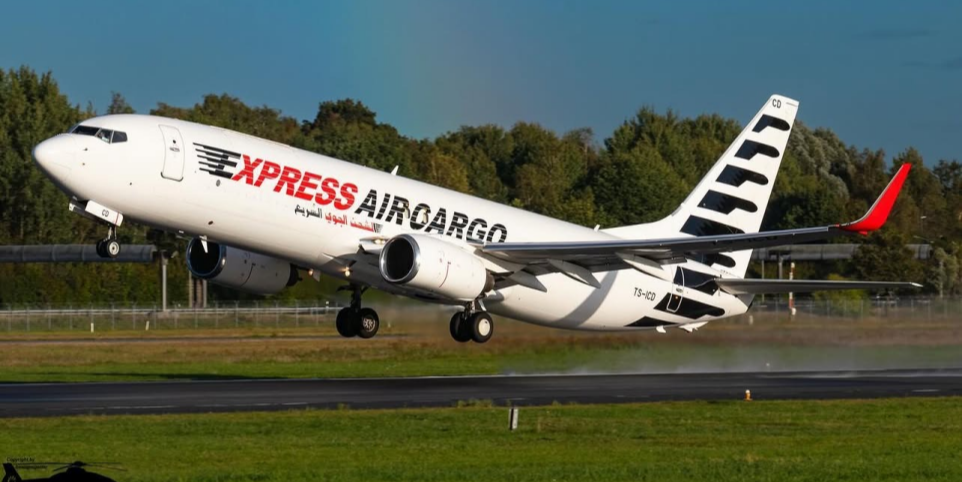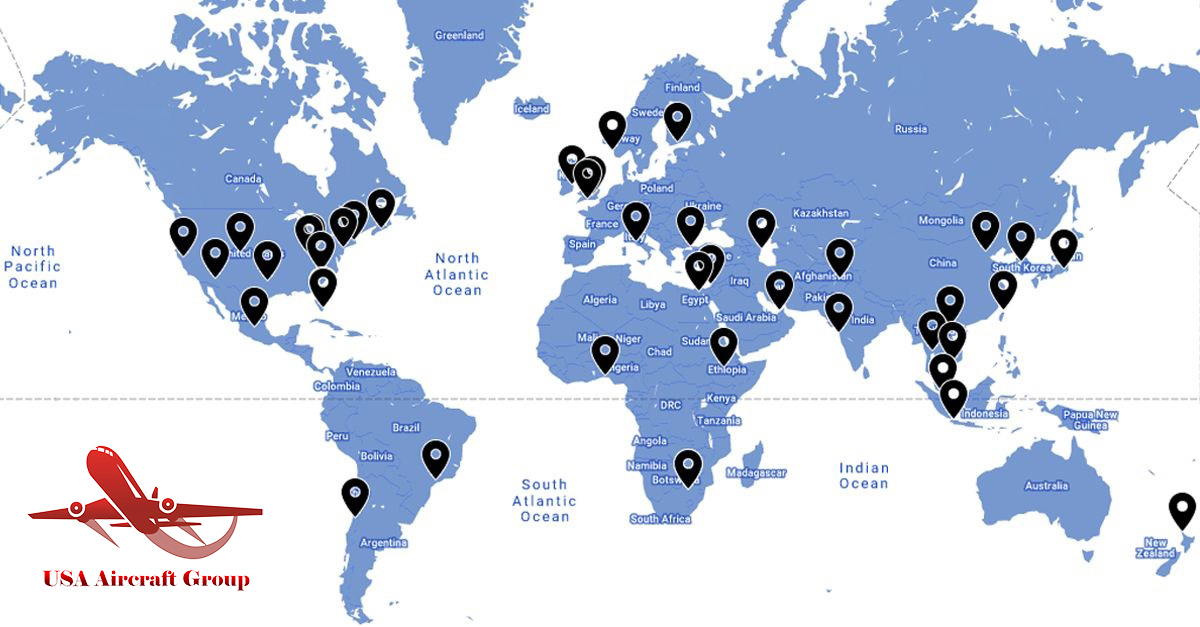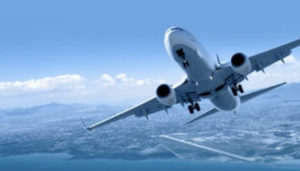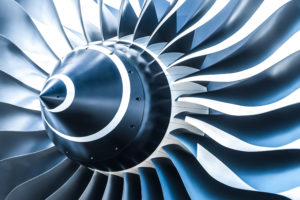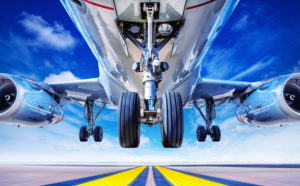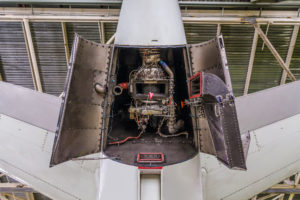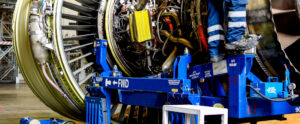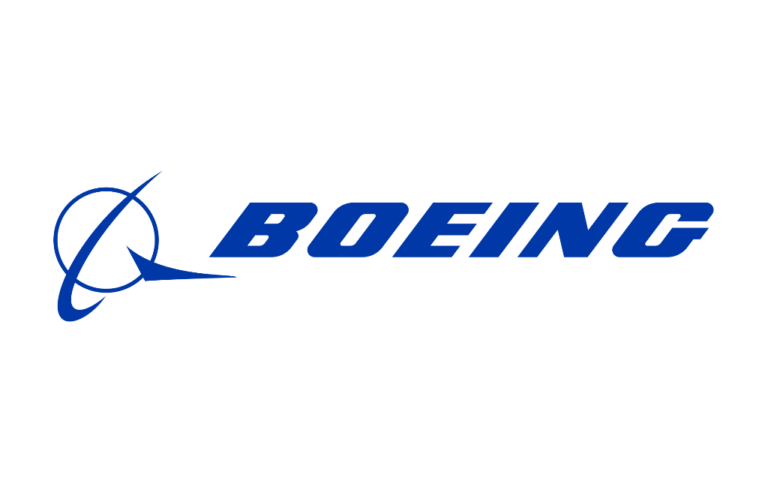Press Releases

The principle of how an airplane can fly to the sky-USA Aircraft Group Corporation
Date: 2025/4/17
The principle of a space shuttle flying to the sky can be divided into three main steps: take-off, landing and entering space.1. Take-off stage: The space shuttle usually uses a booster and an engine to take off vertically on the ground take-off runway. The booster is a rocket engine that generates a large amount of thrust. They generate a huge thrust by burning fuel and oxidizing agents to push the space shuttle vertically to a higher altitude in the atmosphere. During take-off, the fuel burned by the booster will be reduced until they are exhausted.
2. Off-the-ground phase: Once the shuttle reaches a sufficient altitude, usually more than about 150 kilometers, it will accelerate horizontally, dive and turn through the thruster to leave the Earth's atmosphere. At this stage, the space shuttle relies on its main engines to provide thrust, which use liquid fuel (such as liquid hydrogen and liquid oxygen)
It burns and generates a huge thrust. By adjusting the nozzle angle and thrust size of the engine, the space shuttle can gradually break away from the earth's gravity and fly into outer space.
3. Entering the space phase: Once the space shuttle crosses the atmosphere and reaches a space environment far enough from the Earth, it enters the space stage. At this stage, the space shuttle can turn off the main engine and run in space to complete missions, such as scientific experiments and satellite deployment. The space shuttle usually after the end of the mission
Enter the atmosphere again and use its wing face and braking system to slow down and control landing.
